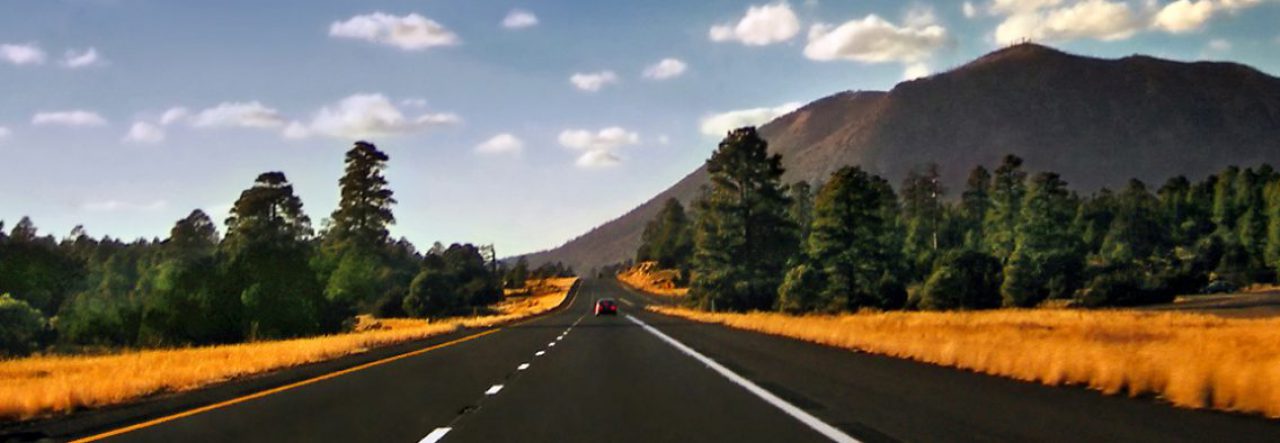Fairbanks was the last stop on our Alaska itinerary but proved to be an interesting one. We parked at a RV park directly on the Chena River. Nice park with local hiking/walking trails. We visited the Morris Thompson Culture Center for a thorough introduction to this territory of Alaska, DnD visited the Fountainhead Antique Auto Museum,

and the Ice Museum

Douglas and Dick played golf at Fort Wainright (golfers, can you figure what’s wrong with the 4th Hole sign?)
and we all visited the Alyeska Pipeline Visitor Center (yes, we were looking directly into the sun, but then it could have been raining. I’m just saying.) Built between 1974 and 1977, it is 800 miles long, 48″ in diameter and has carried over 17 billion barrels of oil from Prudhoe Bay on the North Slope to Valdez on the southeastern corner of the Kenai Peninsula. Revenues from the pipeline account for 67 percent of Alaska’s General Fund in FY 2017. While the economic impact of oil and gas activity and production in Alaska is profound, Alaska production has been in a long-term decline trend since peaking in 1988 when the state accounted for 25 percent of U.S. domestic production. Now, Alaska produces approximately seven percent. In fact, the entire Trans-Alaska Pipeline System (TAPS) is now running at three-quarters empty. In recent years, Alaska has fallen from second to fourth in U.S. oil production

A Bloody Mary breakfast with Jim’s famous sausage gravy and biscuits rounded out our stay in Fairbanks.
No visit to this area is complete without going to the North Pole, Alaska.



We opted not to make the 200 mile drive to the Arctic Circle for a photo-op. Gravel all the way. A commercial tour would have been OK but we were ready to head East. Our route took us from Fairbanks, back to our entry point into Alaska, Tok, and on to the Yukon.

Yup, the roads had not changed in six weeks

August 4 marked our first stop in the Yukon, the capital of the Territory, Whitehorse. We took time to do some housekeeping and play golf
and stock up on groceries. Wal-Mart in the Yukon is second on all points to the Canadian Superstore.
We also visited a wildlife preserve where rehabilitation was the focus. More amazing animals. HUGE moose and a classic mountain goat highlighted the visit.



Our circle, Watson Lake, Yukon – Alaska – Watson Lake, Yukon was completed on August 3, six weeks after we began. Four rigs started the circle and four ended it. We loved British Columbia and Alaska, were not destroyed by mosquitoes (in fact, the worst exposure was at Lake Meziadin, BC) and found a number of places we could spend yet more time in..
Here we are all safe and sound back at Watson Lake with some cracked or pitted windshields and some minor and one major repairs under our belt. No flat tires and no accidents. Our journey outside the lower 48 began 8 weeks and 4,000 miles ago. Incredible that we have traveled so far, over some abominable roads with no real damage. Not bad at all, providing further testimony to the quality of Newmar motor homes.

Our next stops to do other than spend the night were Jasper and Banff National Parks in Alberta and Glacier National Park, Montana. That post is up next.




















































 We departed Ninilchik on July 20 en route Anchorage. More shopping, a round of golf for the three brothers, hiking the Earthquake Park,
We departed Ninilchik on July 20 en route Anchorage. More shopping, a round of golf for the three brothers, hiking the Earthquake Park,






































































































